
In today's world, almost all parents knowabout a disease like rickets. Every pediatrician from the first months of a baby’s life warns about the need to prevent this pathology. Rickets refers to acquired diseases that develop as a result of insufficiency of cholecalciferol - a substance known as vitamin D.
However, in some cases in children of earlyage symptoms of pathology, despite the observance of preventive measures. In such a case, a disease such as phosphate diabetes should be suspected. Unlike rickets, this ailment is related to genetic pathologies. Therefore, it is a more severe disease and requires long-term complex treatment.

So called a group of genetic diseases,associated with impaired mineral metabolism. Another pathology is called vitamin D-resistant rickets. The dominant type of phosphate diabetes occurs in approximately 1 child out of 20,000 newborn babies. The disease was first described in 1937. Later it turned out that there are other genetic forms of pathology. Most often, phosphate diabetes is found in early childhood. The attention of parents is attracted by gait disturbance and bone curvature.
Some forms of pathology are accompanied by others.exchange disorders. Sometimes the disease is asymptomatic, and it can only be identified by laboratory tests. The disease is classified with acquired rickets, hypoparathyroidism and other endocrine pathologies. Treatment must be comprehensive from an early age.
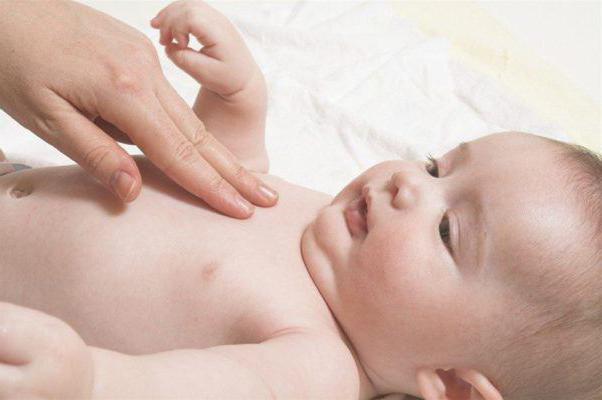
The main cause of the development of phosphate diabetesis a violation in the genetic structure. Mutations are inherited. Both women and men can be carriers of the pathological gene. Mutation occurs in the X-linked chromosome, which is dominant. In rare cases, phosphate diabetes can be acquired. It develops against the background of tumors of the mesenchymal tissue, which are formed in the prenatal period. In this case, the pathology is called "oncogenic rickets".
The disease belongs to the group of tubulopathy -disorders of the kidneys. Due to the fact that the reabsorption of minerals in the proximal tubules is reduced, a deficiency of phosphorus develops in the body. In addition, the intestinal absorption capacity is impaired. As a result, changes in bone mineral composition are observed. Often there is a violation of the function of osteoblasts. Men transmit the pathologically altered gene only to daughters, and women to children of both sexes. As a rule, boys have a harder illness than girls.
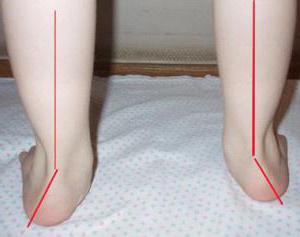
There are several forms of the disease, differingamong themselves according to genetic and clinical criteria. The most commonly diagnosed X-linked hypophosphatemic rickets, which has a dominant type of inheritance. However, there are other types of pathology. The classification includes the following forms of the disease:
In addition to these forms of phosphate diabetes, there are other types of pathology. Some types of the disease have not been studied yet.
Rickets and Phosphate Diabetes in Children - This is Not Exactlythe same thing, although the clinical picture of the disease is almost identical. Differences between these pathologies in the etiology and mechanism of development. Common rickets is an acquired disease associated with a lack of cholecalciferol. This substance is formed in the skin under the influence of sunlight. A diagnostic dose of vitamin D is taken daily for all children from 1 month to 3 years, excluding the summer period. Due to insufficiency of cholecalciferol, the process of calcium absorption is disturbed. As a result, bone deformity develops.
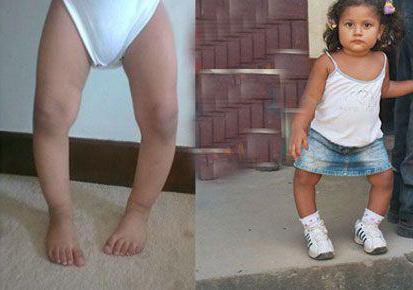
The difference between phosphate diabetes is that itrefers to congenital diseases. With this pathology, the absorption of mineral substances in the kidneys, in particular phosphates, is impaired. In some cases, there is calcium deficiency. Because of the violation of the mineral composition of the bone tissue, the symptoms of the pathologies are similar. The difference between them can be established only after carrying out laboratory diagnostics.
The symptoms of the disease are usually diagnosed on the secondyear of life. In rare cases, hypophosphatemic rickets is observed in infants. Symptoms that can be diagnosed in infancy are muscle hypotonia and shortening of the limbs. The main clinical manifestations are:
Most often, the main complaint of parents is that the baby's legs are twisted. With the progression of the disease there is a softening of the bones - osteomalacia.
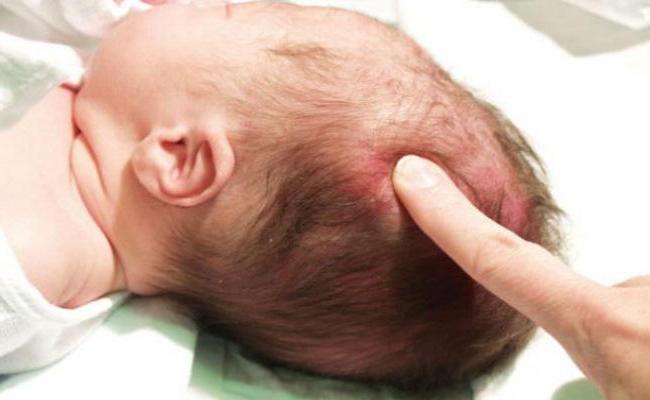
To identify pathology, a study is conducted.biochemical composition of blood. At the same time the hypophosphatemia is noted. The level of calcium in most cases is normal, sometimes - reduced. An increase in alkaline phosphatase is observed during the height of rickets. Radiography reveals osteoporosis and impaired bone growth zones. In the urine there is a large amount of phosphates. Sometimes there is calciuria.
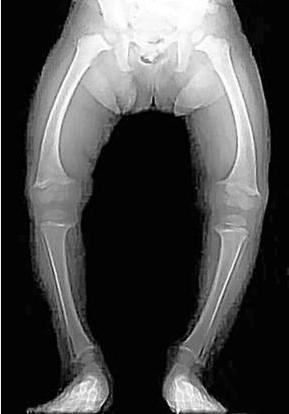
Для лечения фосфат-диабета используются большие doses of cholecalciferol. In some cases, calcium supplements are indicated. Be sure to use drugs containing phosphorus. To improve the condition prescribed vitamin and mineral complexes. These include drugs "Vitrum", "Duovit", "Alphabet", etc.
With pronounced curvature of the bones, physiotherapeutic treatment, exercise therapy and surgery are indicated. Consultation with an orthopedic surgeon is necessary.
To prevention measures include examinations pediatrician andsurgeon, walking in the fresh air, the appointment of vitamin D from the first month of life. If there are patients with phosphate-diabetes in the family, a genetic study should be carried out during the period of fetal development The prognosis is most often favorable with timely treatment.


























